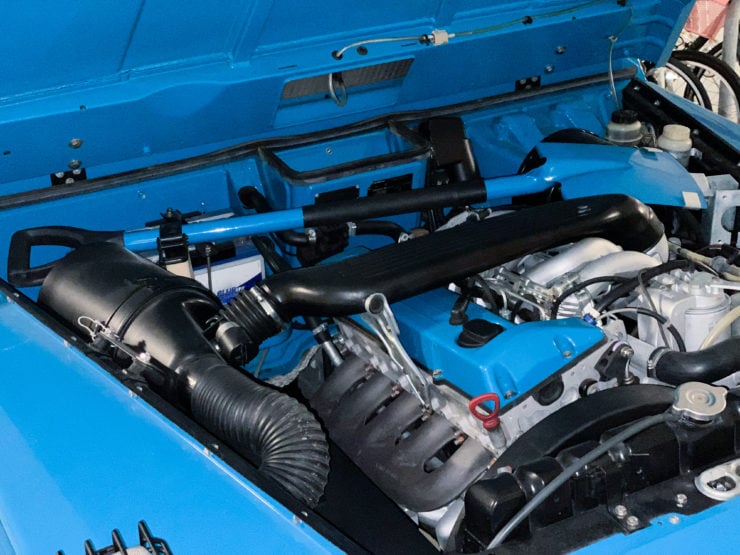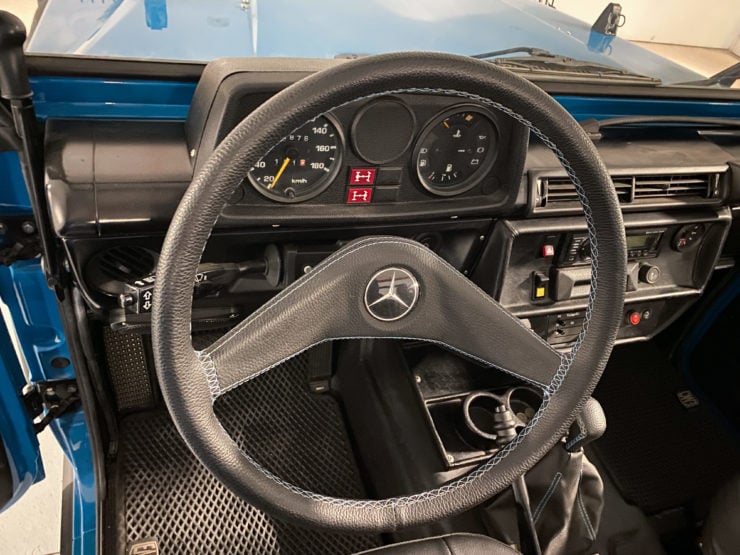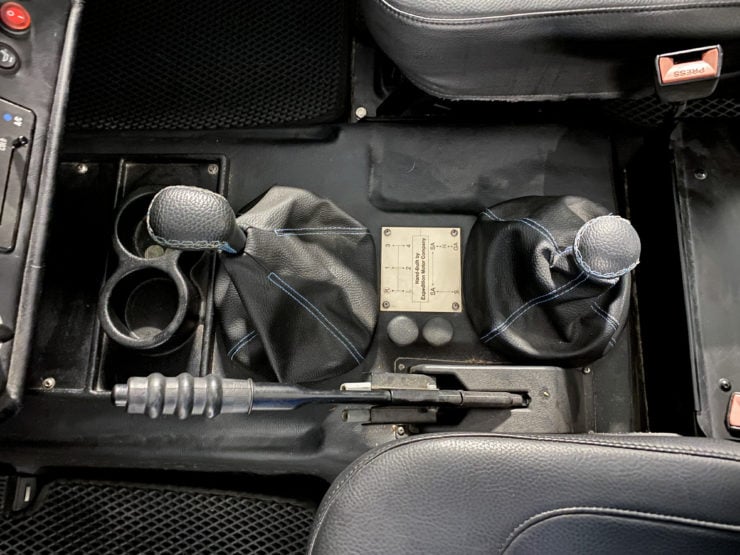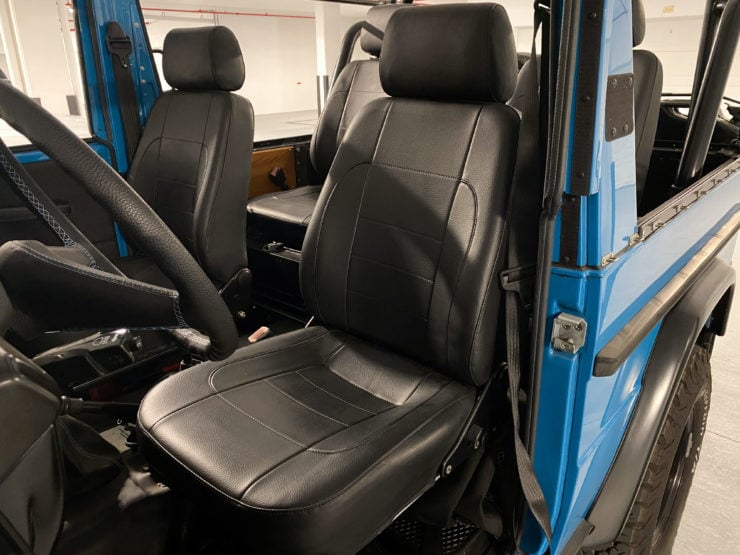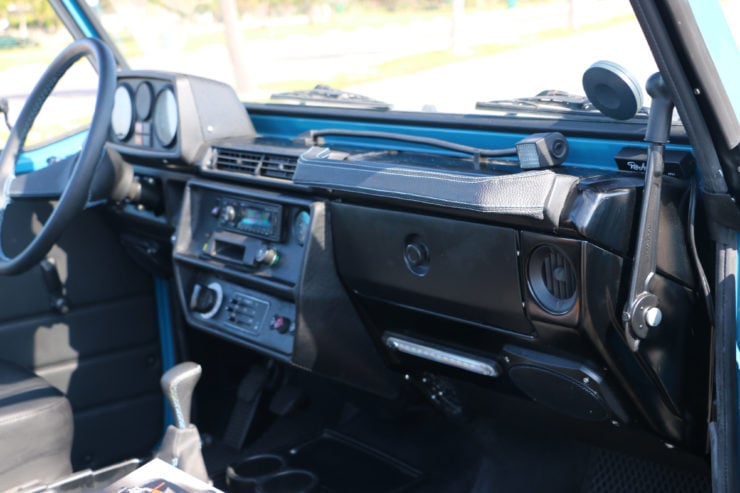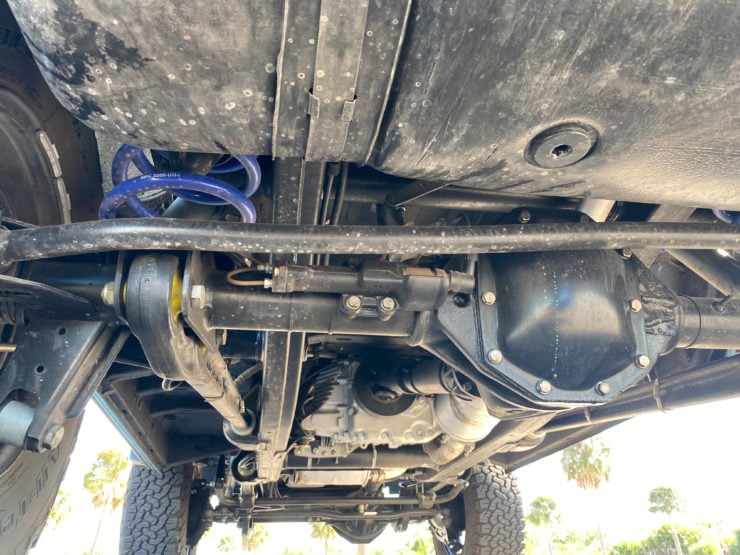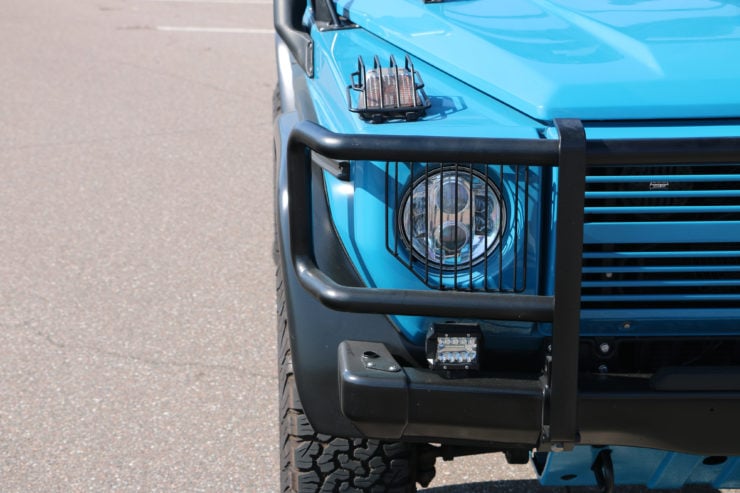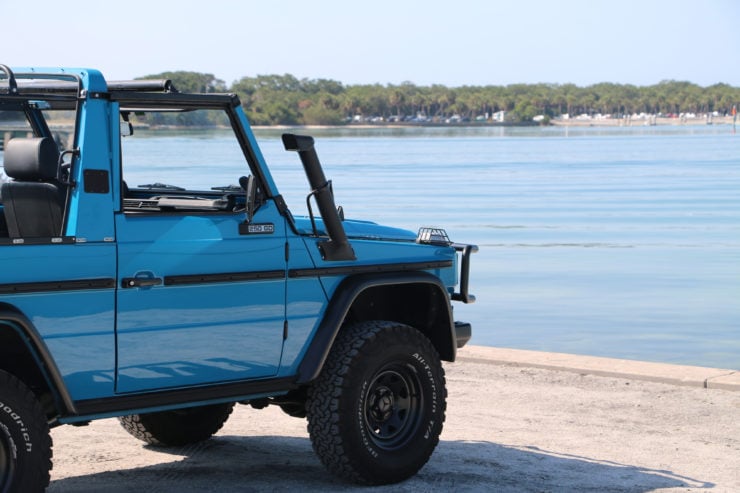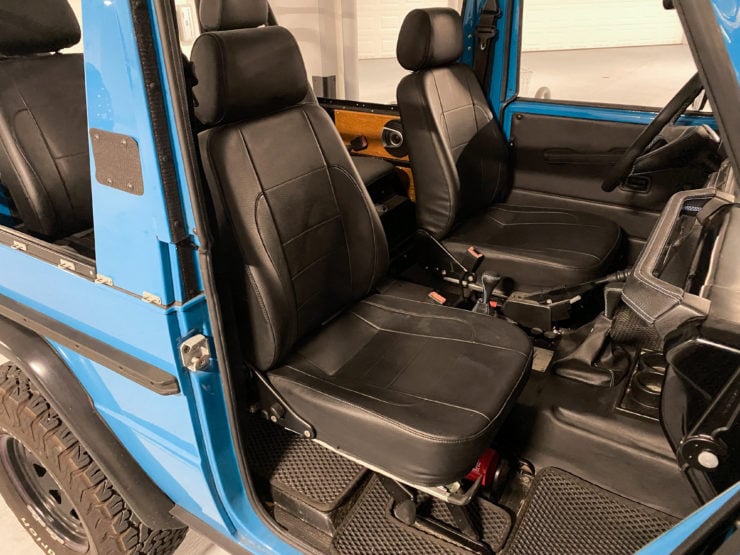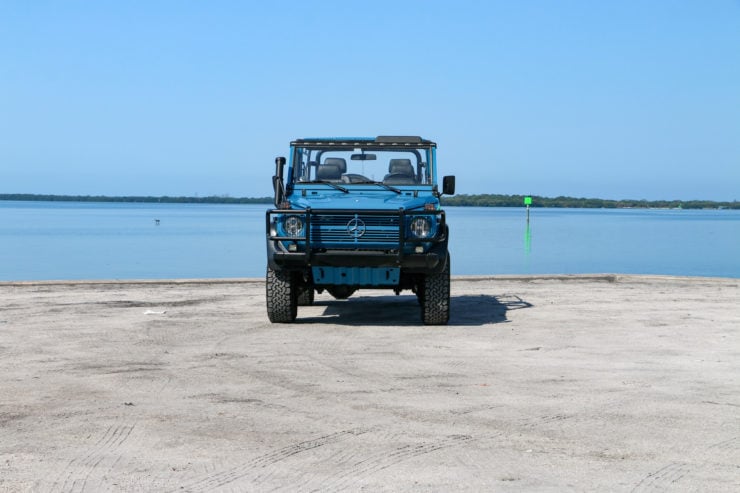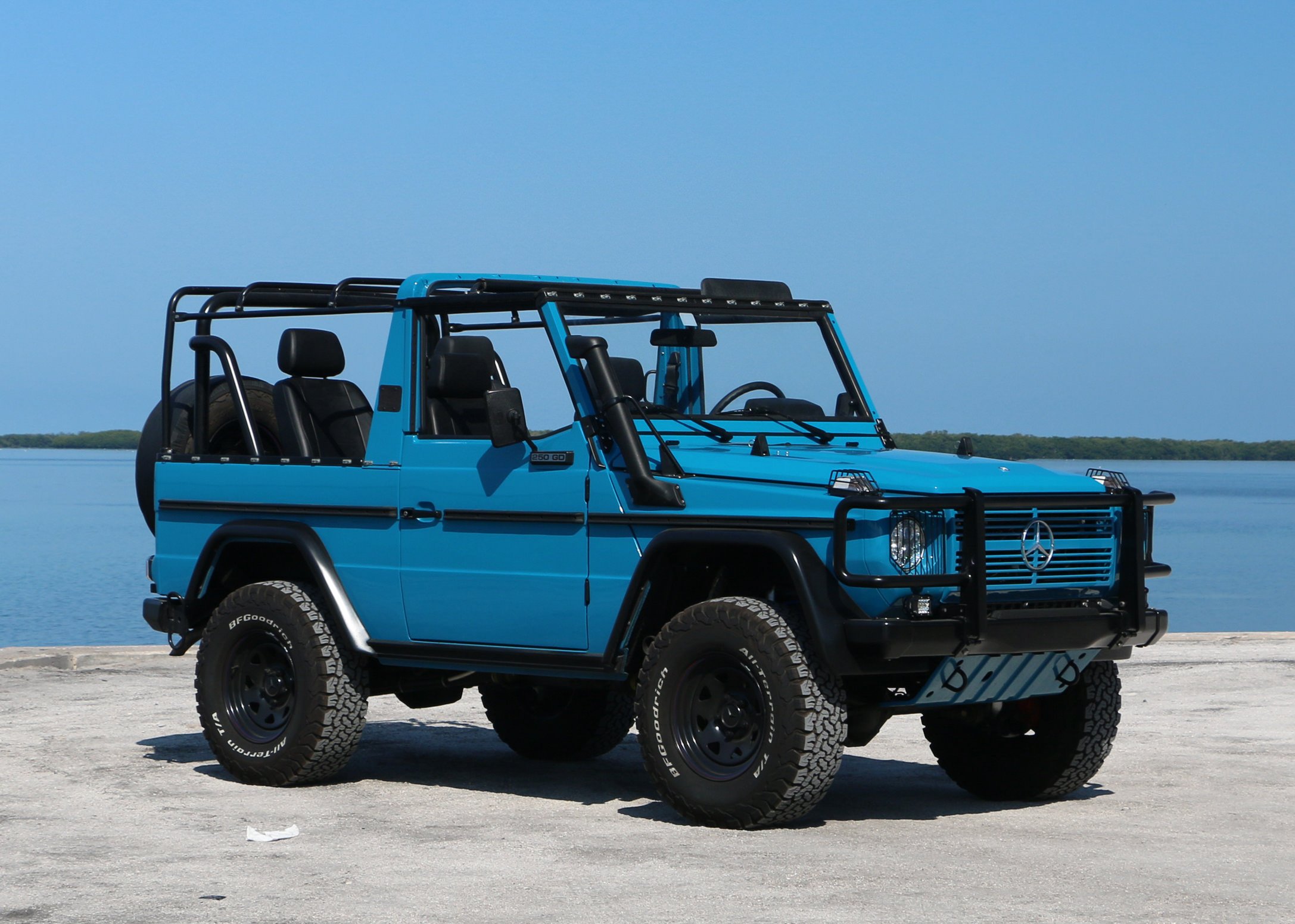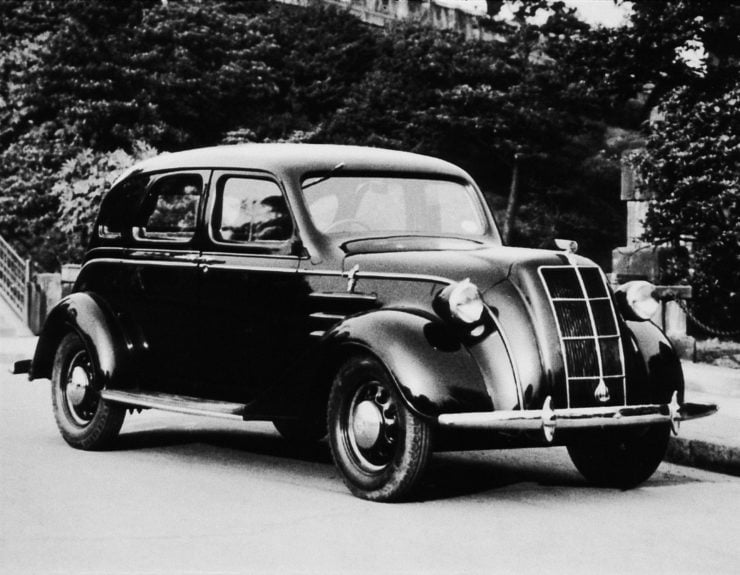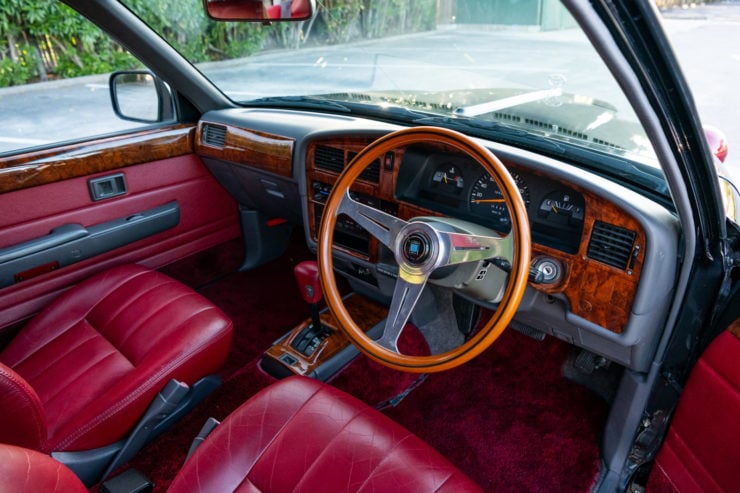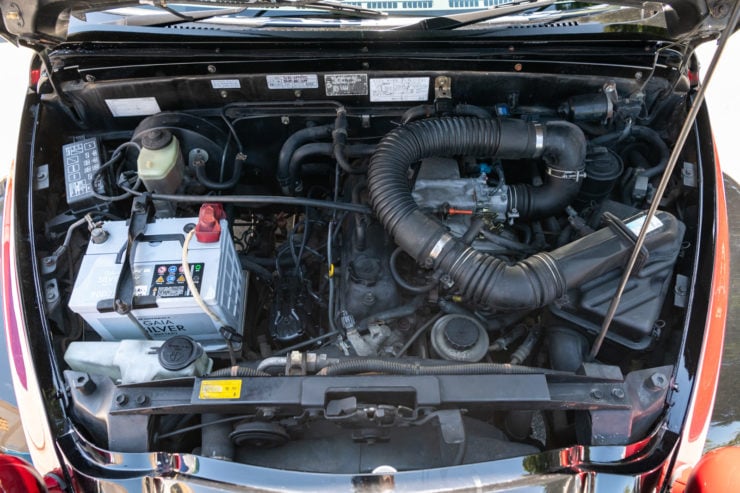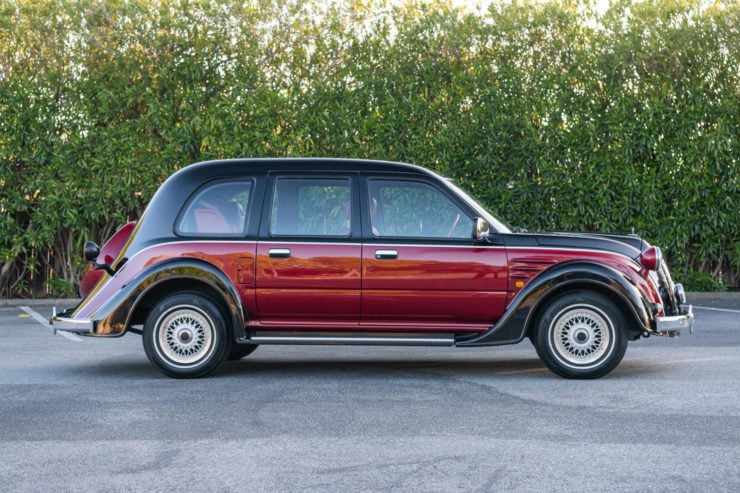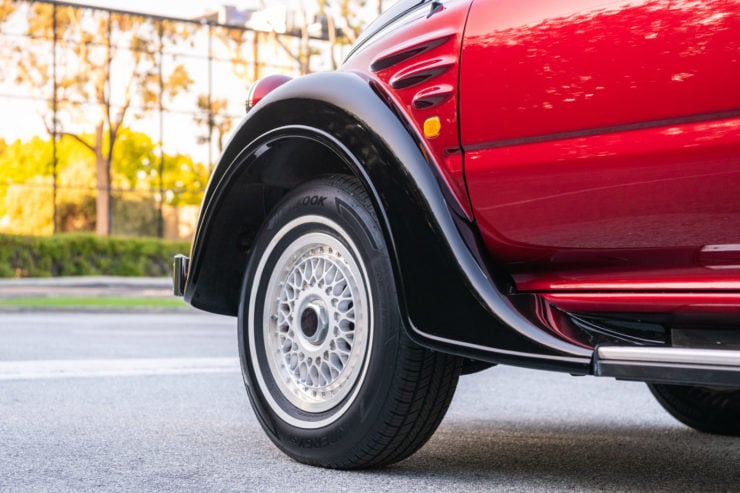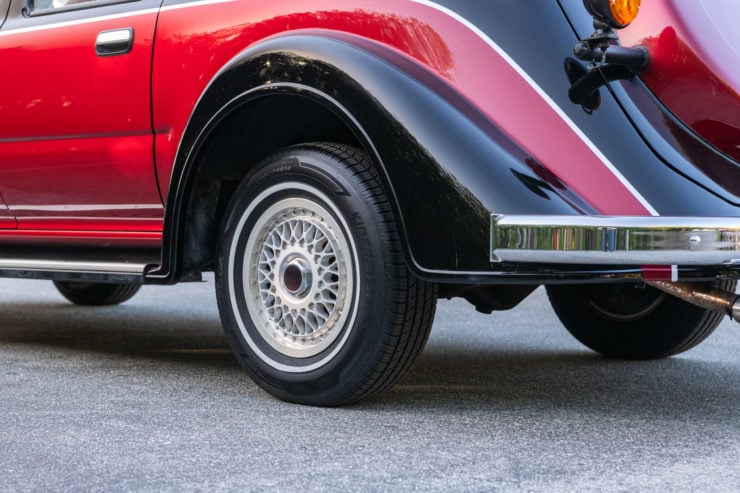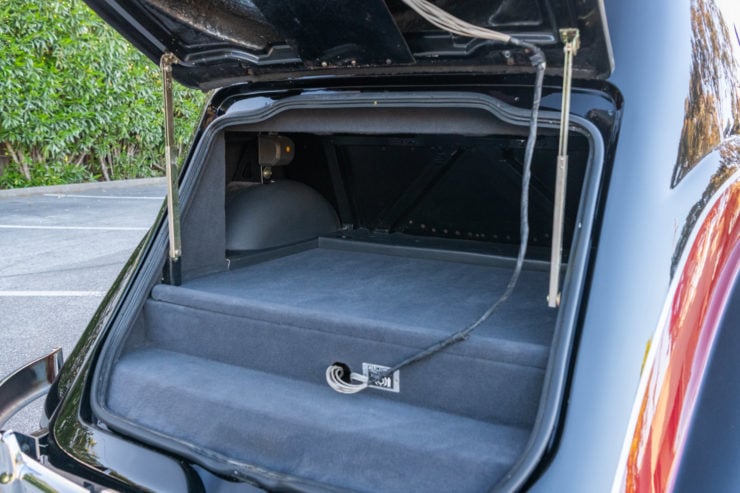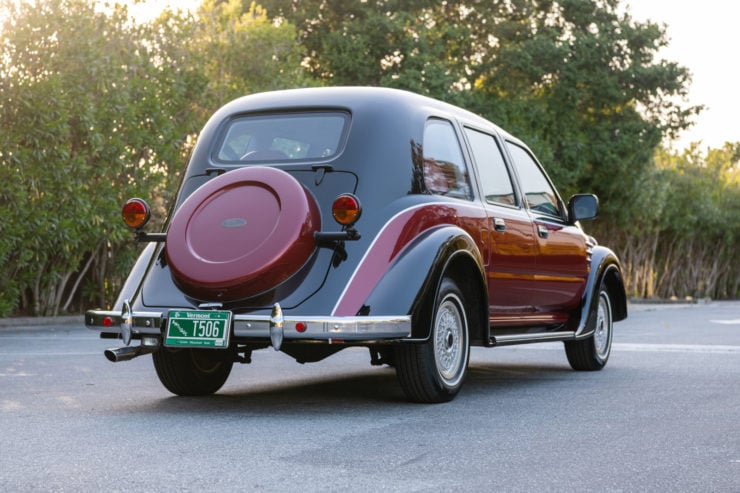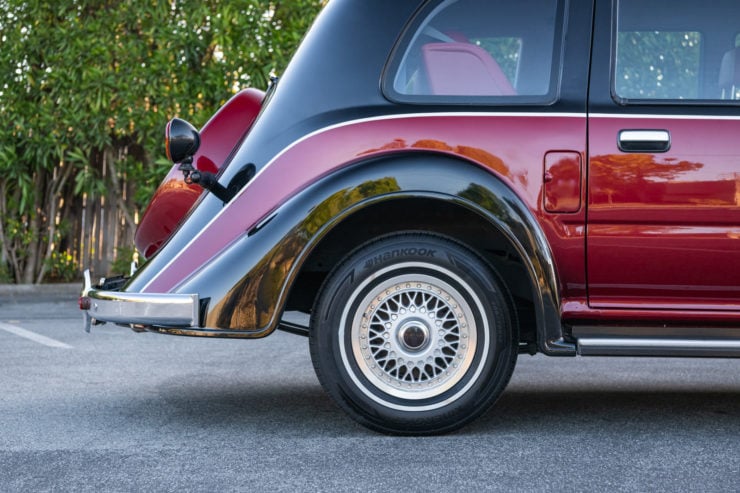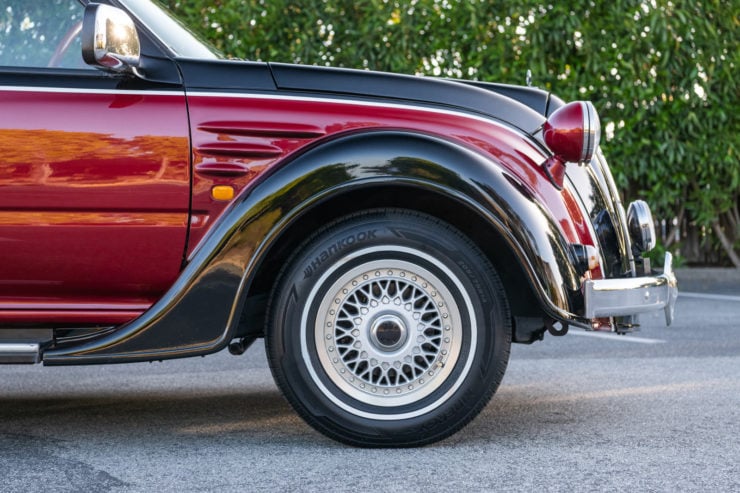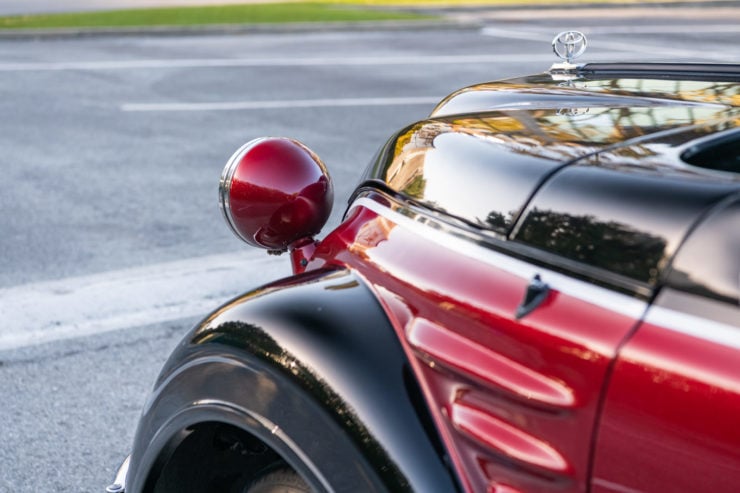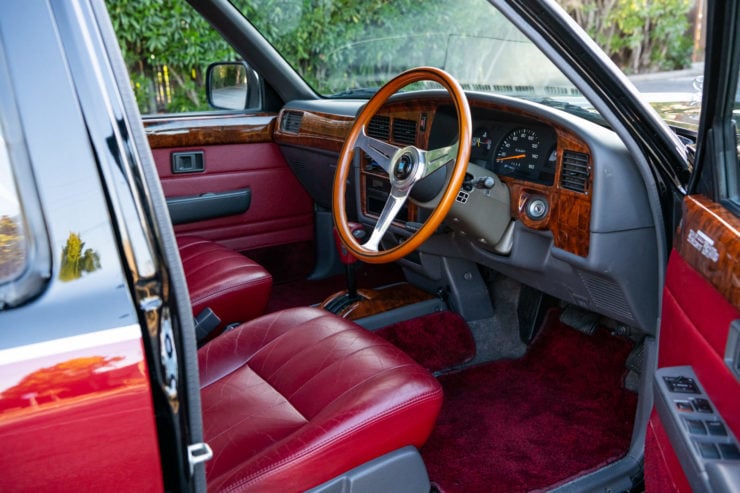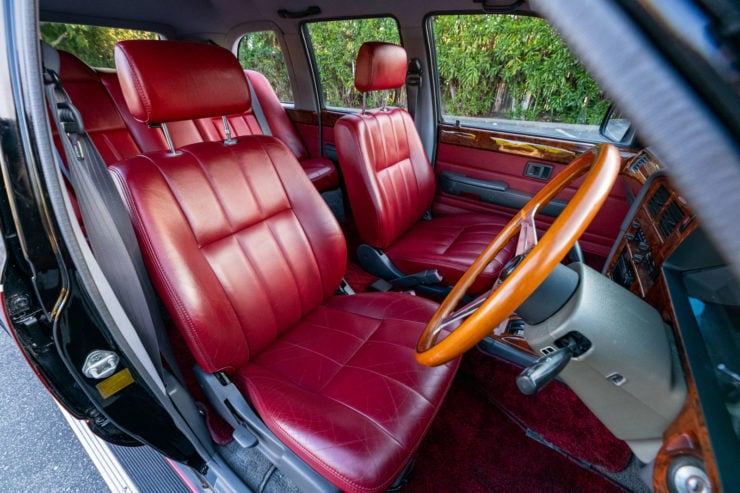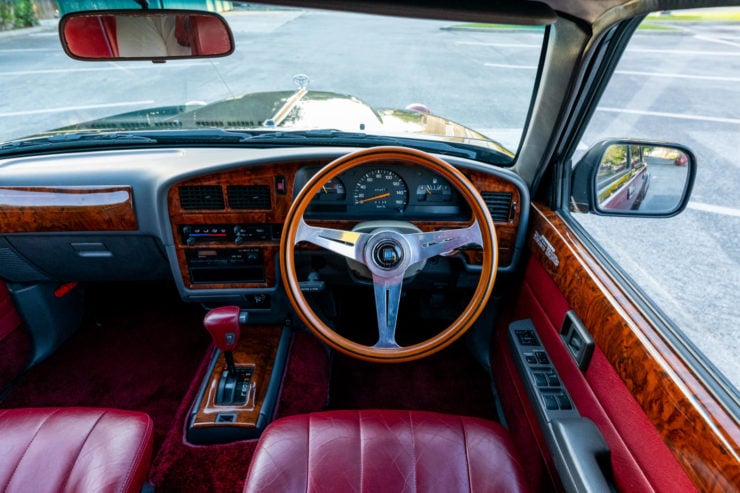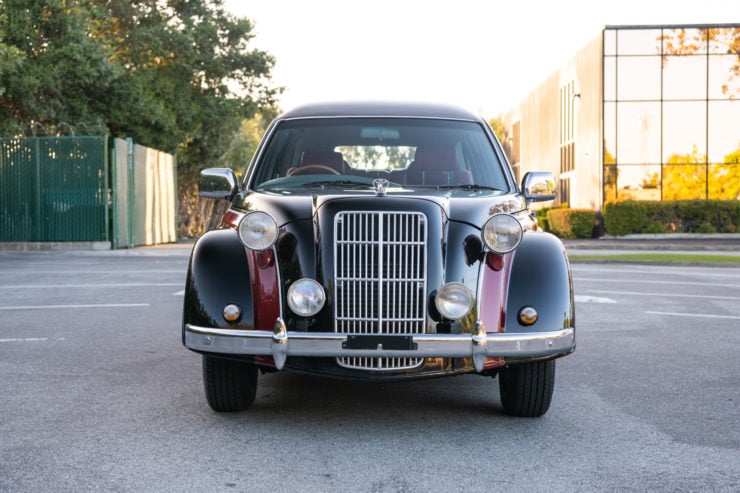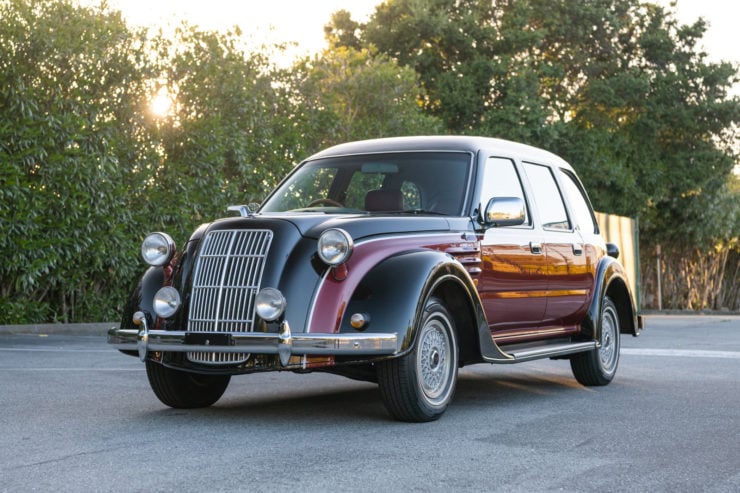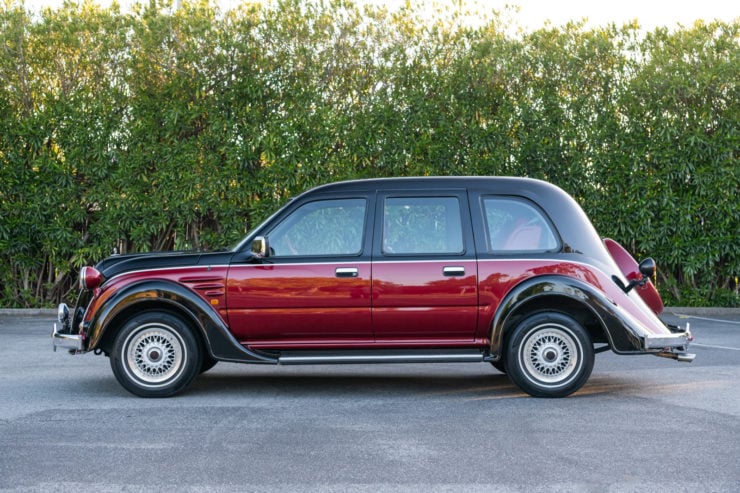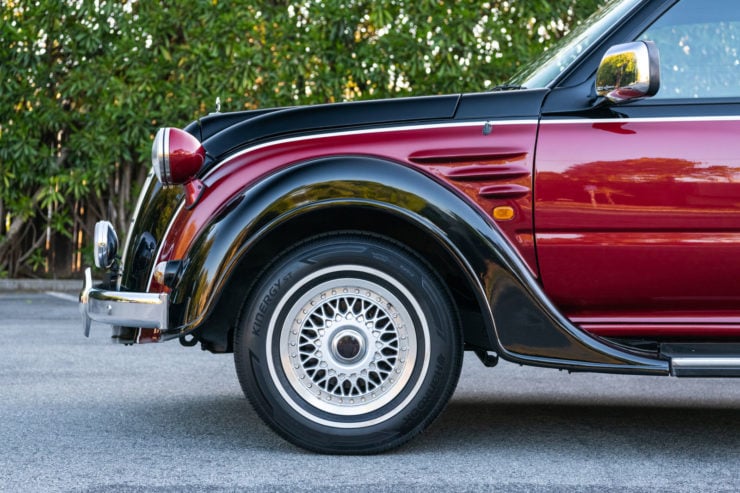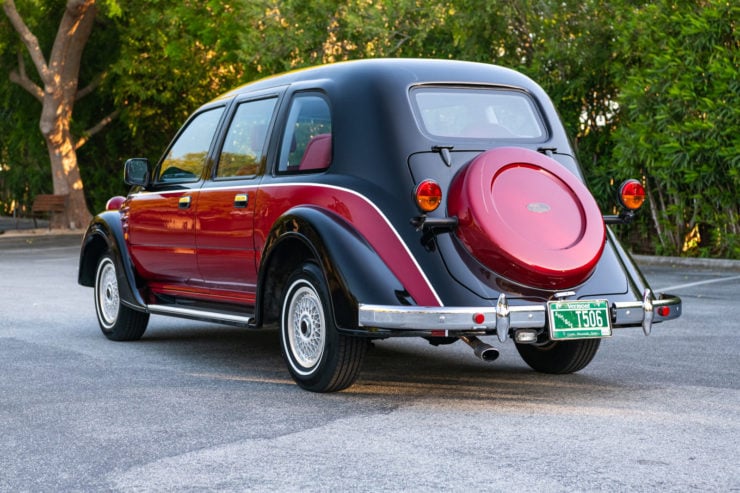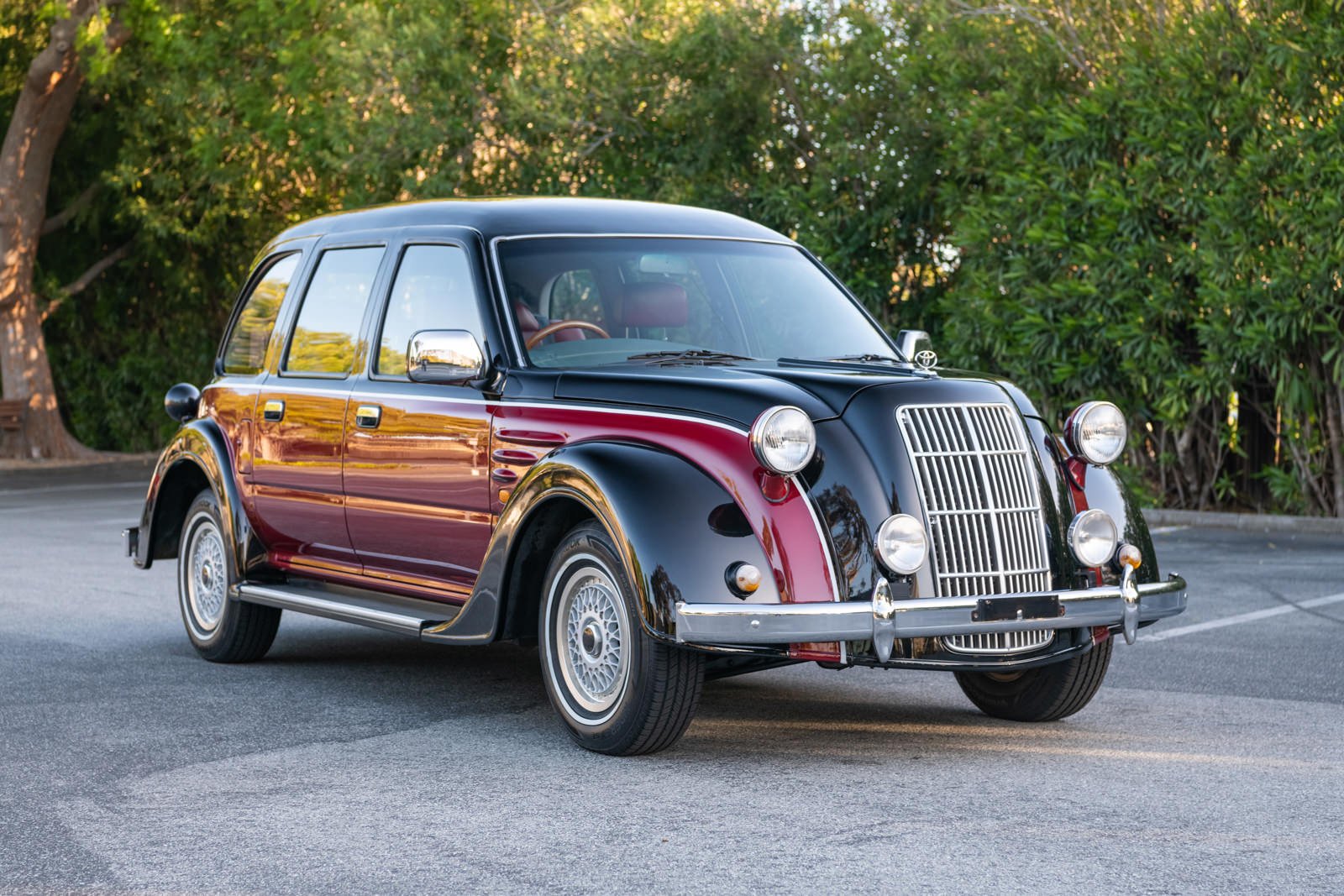This is a 1975 BMW 3.0 CSi that was discovered in storage in almost unrestorable condition – the barn roof had been leaking rainwater directly into the car’s open sunroof for decades.
Rather than going down the more traditional restoration route, the car was sent to Electric Classic Cars in Wales for a full electric conversion, and it’s had a conversion to CSL “Batmobile” exterior specification. It can now do the 0 – 60 mph dash in just 3.0 seconds.
Fast Facts – A “Tesla” Powered BMW 3.0 CSi
- The BMW 3.0 CSi “E9” was originally released in 1968 as a replacement for the 2000 C and the 2000 CS. It was powered by the M30 engine with sizes varying from 2.8 to 3.2 liters over its production run.
- The E9 platform would prove to be incredibly successful in the world of motorsport, it won the European Touring Car Championship in 1973 and then again in every year from 1975 to 1979. The model took a slew of other race wins over its racing life, and a class win at Le Mans in 1973.
- The most famous version of the E9 is the 3.0 CSL, a special competition version of the car with an outlandish body kit, a lighter curb weight, and higher performance. It was nicknamed the “Batmobile.”
- The BMW 3.0 CSi you see here has been restored to outwardly resemble the CSL Batmobile, its drivetrain has been replaced with lithium-ion battery packs and a 450 bhp Tesla electric motor driving the rear wheels.
Electric Cars, Sacrilege, And Horsewhips
When it comes to fitting electric drivetrains to classic cars there are two distinct schools of thought. On one side you have the purists who think it’s sacrilege and that everyone involved should be horsewhipped. On the other side you have people who are interested in the technology and don’t mind the conversions – so long as no genuinely rare cars are chopped up of course.
Above Video: This is the YouTube episode on the converted BMW E9 shown in this article with the man who built it, Richard Morgan, taking you through all of its upgrades.
This BMW conversion was done by a British company called Electric Classic Cars, it was founded by former rally driver, engineer, and classic car restoration expert Richard “Moggy” Morgan in Wales.
In just a few short years ECC has gone from being the first electric car conversion company in the United Kingdom to one of the biggest in the world, with dozens of projects on the go, a lengthy waitlist, and a slew of celebrity clients including Slumdog Millionaire actor Dev Patel and singer Ellie Goulding.
I’ll turn it over here to Richard himself to give you some insight into his philosophy in his own words:
“The naysayers may say it’s not a classic because it hasn’t got the smell of petrol or the noise but our clients tend to bring us cars where the engines are not special – for example, in the 911 we just converted the engine numbers didn’t match – or they may have a non-working engine.
“Often our customers’ projects will have an issue with the engine and there’s work required on the car.”
“Doing restomods in classic cars is already a popular thing to do. Classic car owners are already swapping classic engines for resto engines for more power and performance. In some cases the original parts and engines are no longer available. Converting classics to electric can be a logical step to give these cars a new lease of life.”
“We’re not trying to replace combustion-engined classics, we’re expanding the classic universe.” – ECC Founder Richard “Moggy” Morgan
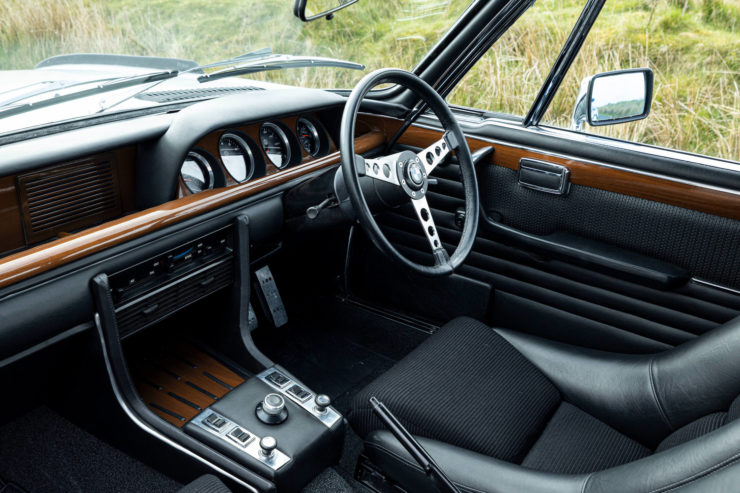
The interior looks remarkably original, the most notable change being the removal of the original gear lever, it’s been replaced with a series of controls for the electric drive system.
Richard has faced more than his fair share of enraged purists in his time, everyone would likely be far better served if the naysayers channeled their anger into actually restoring cars themselves, in the way they believe it should be done. Preferably without the horsewhips.
Building The Tesla-Powered BMW Batmobile
This car started out as a relatively standard 1975 BMW 3.0 CSi, the history of its early life is largely unknown, however we do know that it spent decades sitting in storage.
Unfortunately the storage facility was a barn with a leak in its roof, a leak that sent rainwater directly into the open sunroof of the BMW. As a result, the car was in terrible condition when it was placed up for sale and bought by a super yacht captain named Michael who had a poster of an E9 on his wall as a boy.
He sent the car off to Electric Classic Cars and its restoration was documented in season one of the the TV series Vintage Voltage. The rebuild included a full restoration and modification to the CSL Batmobile exterior, a full interior restoration that was necessitated by that leaking roof, and a total drivetrain replacement.
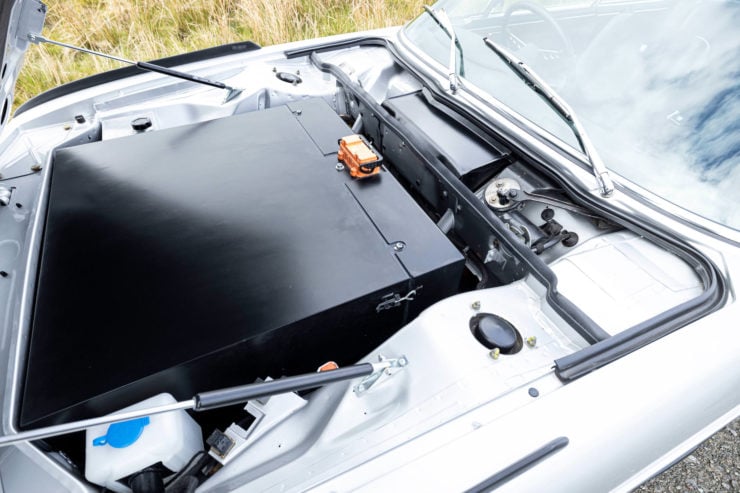
There’s a large battery pack in the front and a smaller one in the trunk, the team at ECC adjust the weight of the battery packs forward and back to get the best possible weight distribution.
The original 3.0 liter straight-six M30 engine was removed, along with the gearbox, propshaft, and differential. A 450 bhp Tesla electric motor was sourced and fitted in the rear, with power coming from dual lithium-ion battery packs – one in the front and a smaller one in the rear.
ECC develop battery packs specifically for each vehicle, and they tend to alter the amount of battery weight carried in the front and rear to give the cars the best weight distribution possible. The original BMW CSi produced somewhere in the region of 200 bhp at 5,500 rpm, so the significant power upgrade called for considerable upgrades in the braking and suspension.
High-performance Wilwood disc brakes have now been fitted front and rear, and the improved suspension has helped improve handling. The battery packs have added a little weight, however it’s been compared to driving with a small passenger and a full tank of fuel – not a major factor.
The completed car has a range of approximately 200 miles (322 kms) and the 0 – 60 time is just 3.0 seconds – vastly quicker than the original 3.0 CSi.
The car is now due to roll across the auction block with Bonhams on the 24th of June in Chichester at the Goodwood Festival of Speed with a price guide of £175,000 – £200,000 which works out to approximately $217,000 – $248,000 USD.
If you’d like to read more about it or register to bid you can visit the listing here.

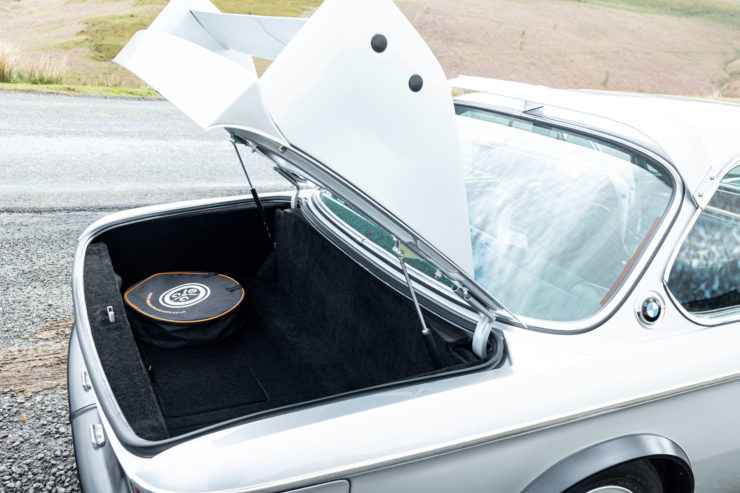
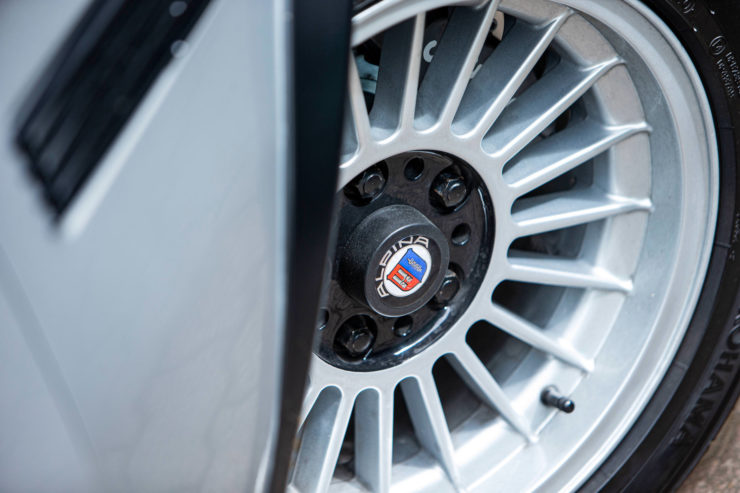
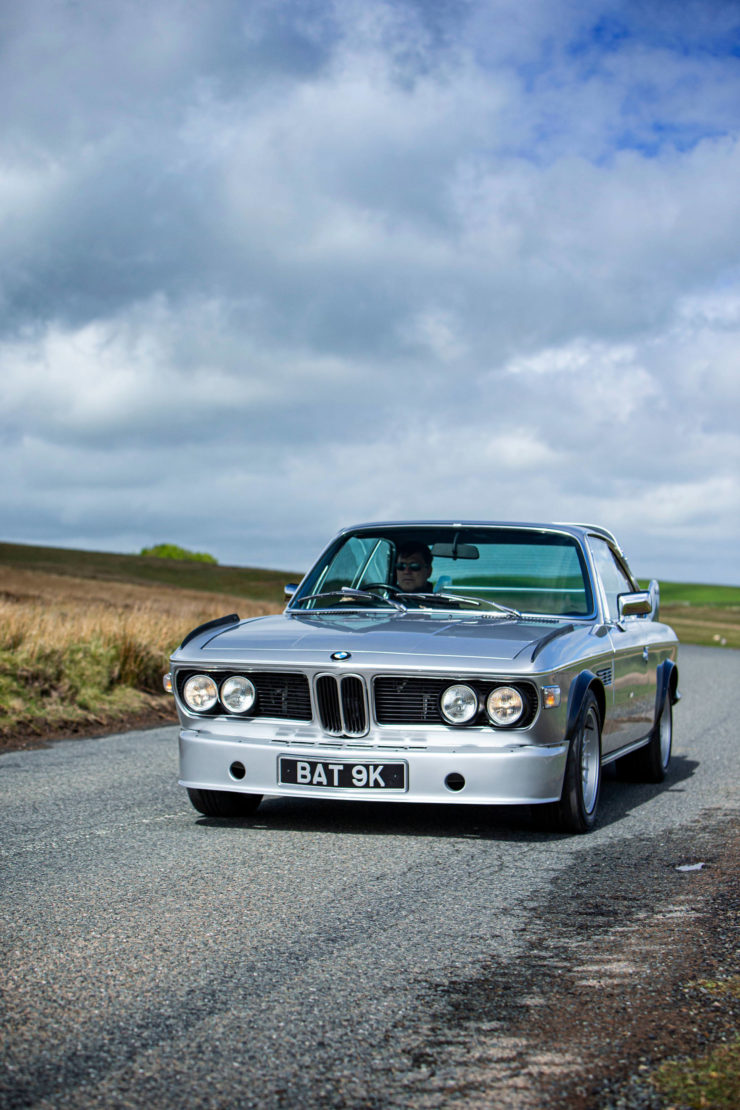
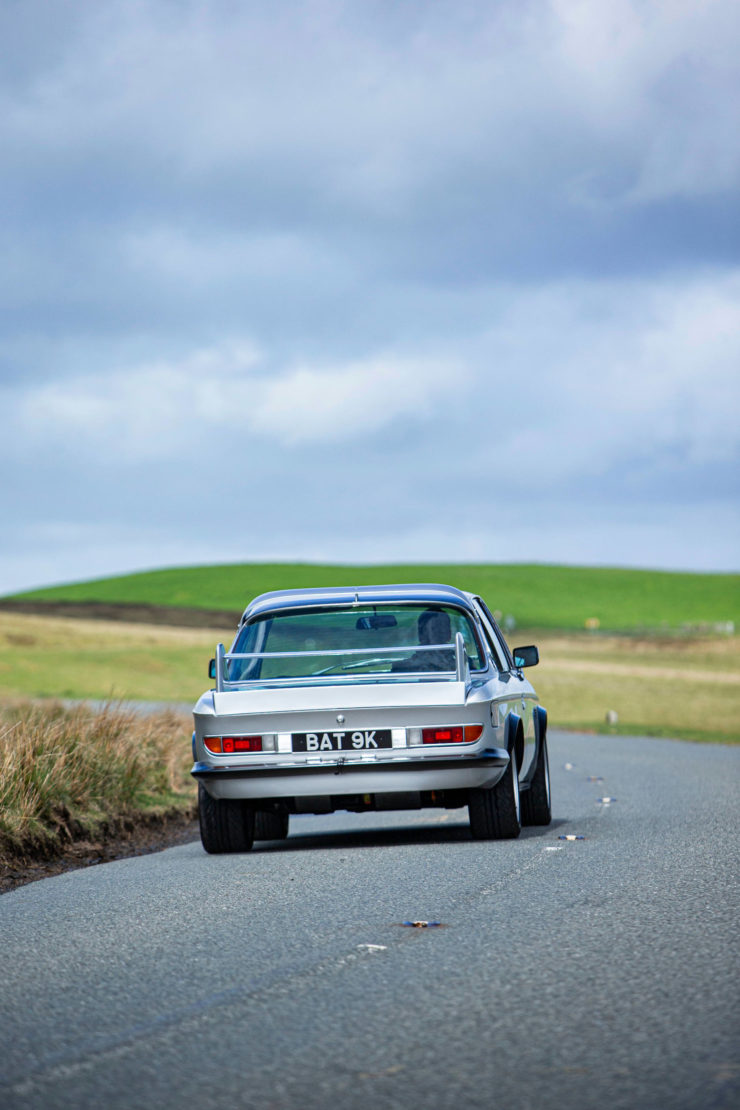
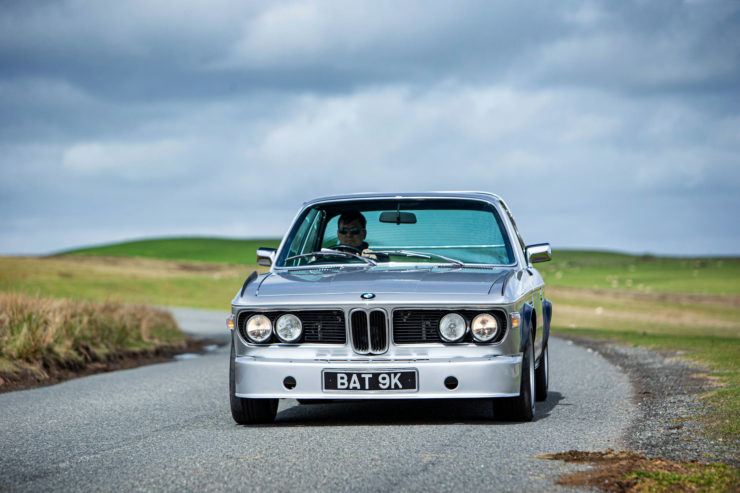
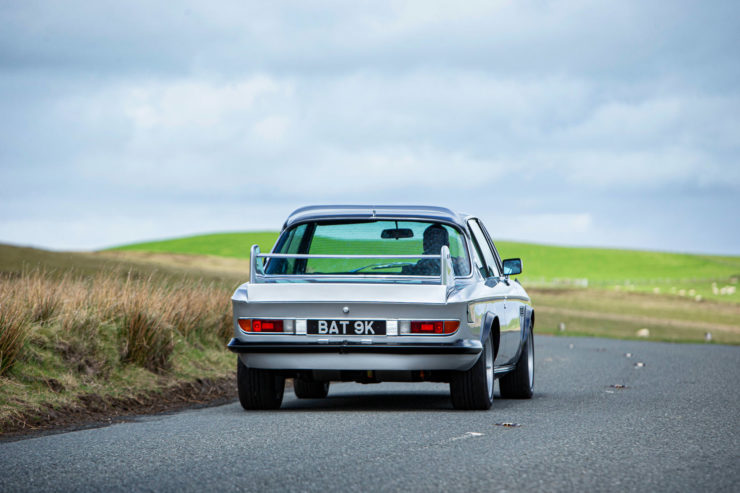
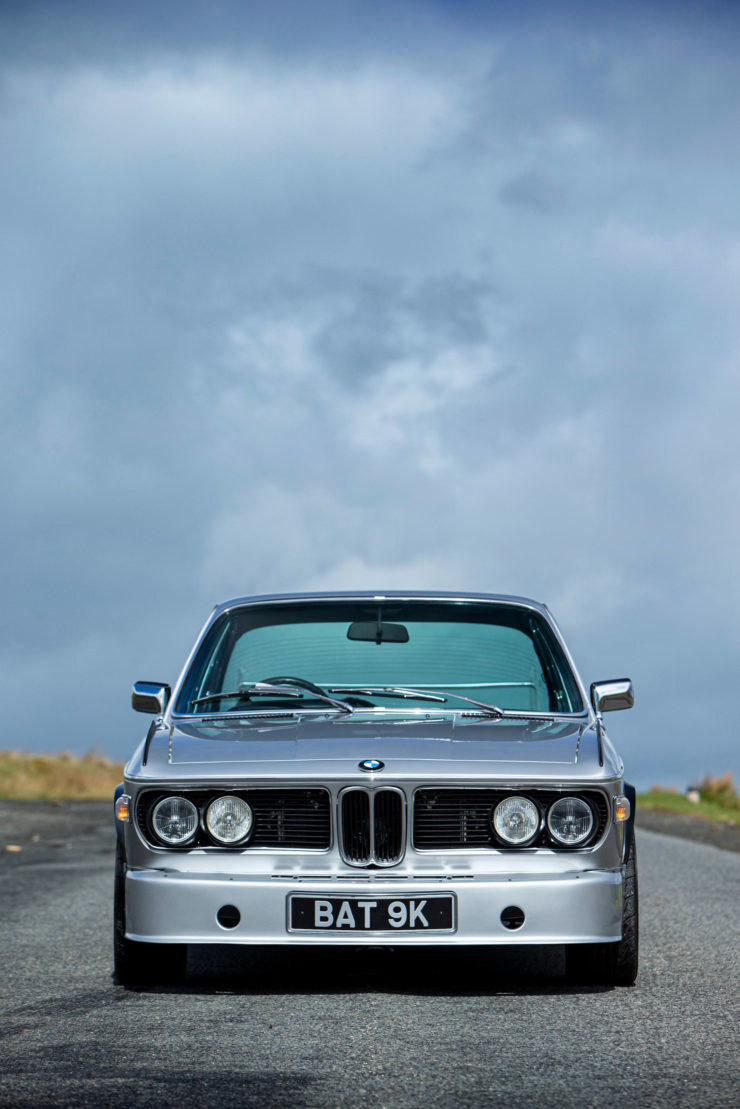
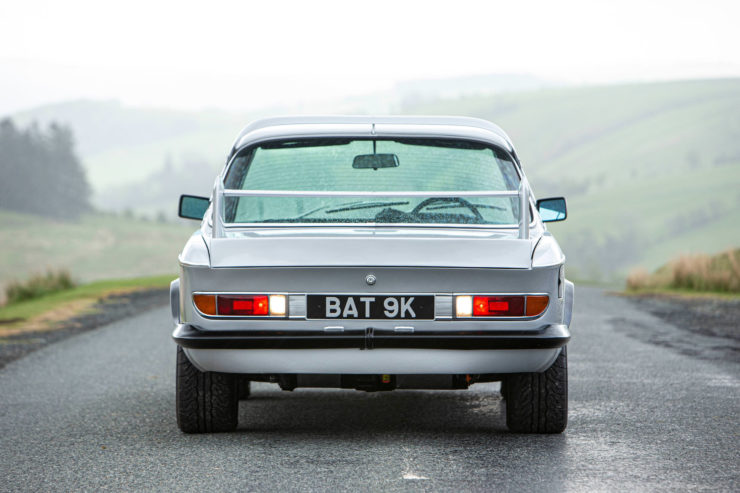
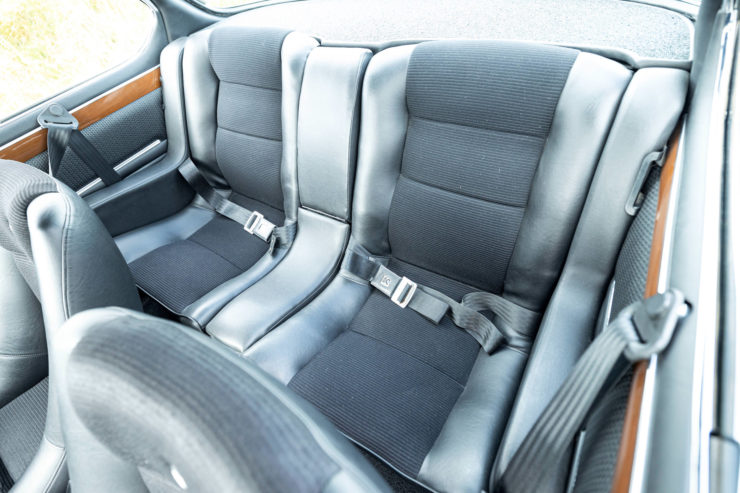
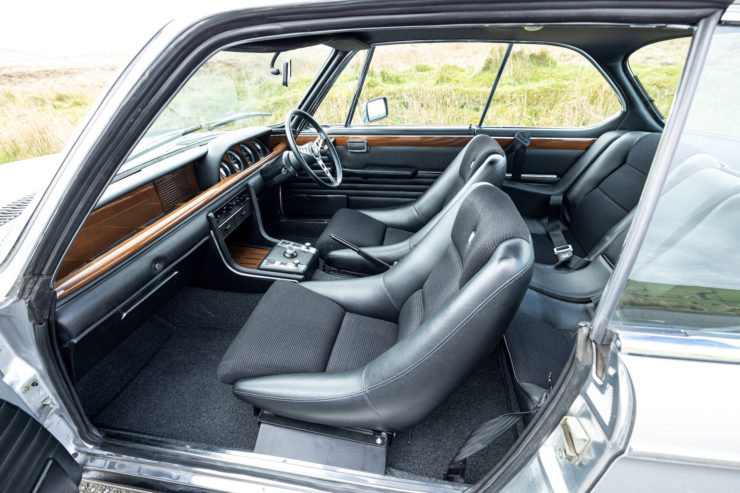
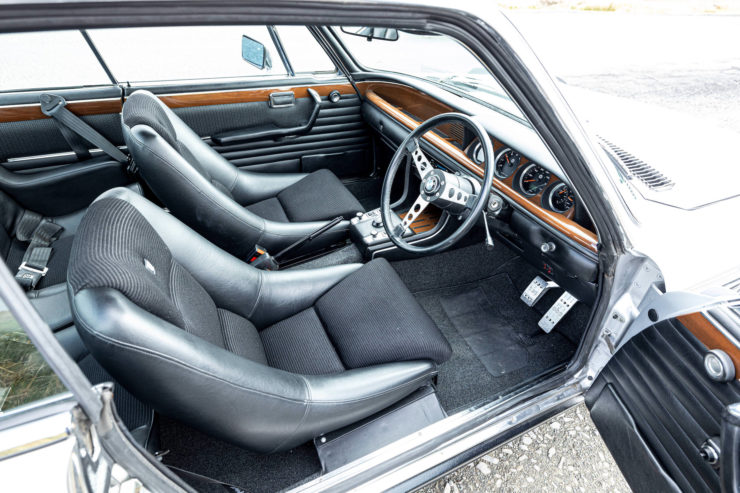
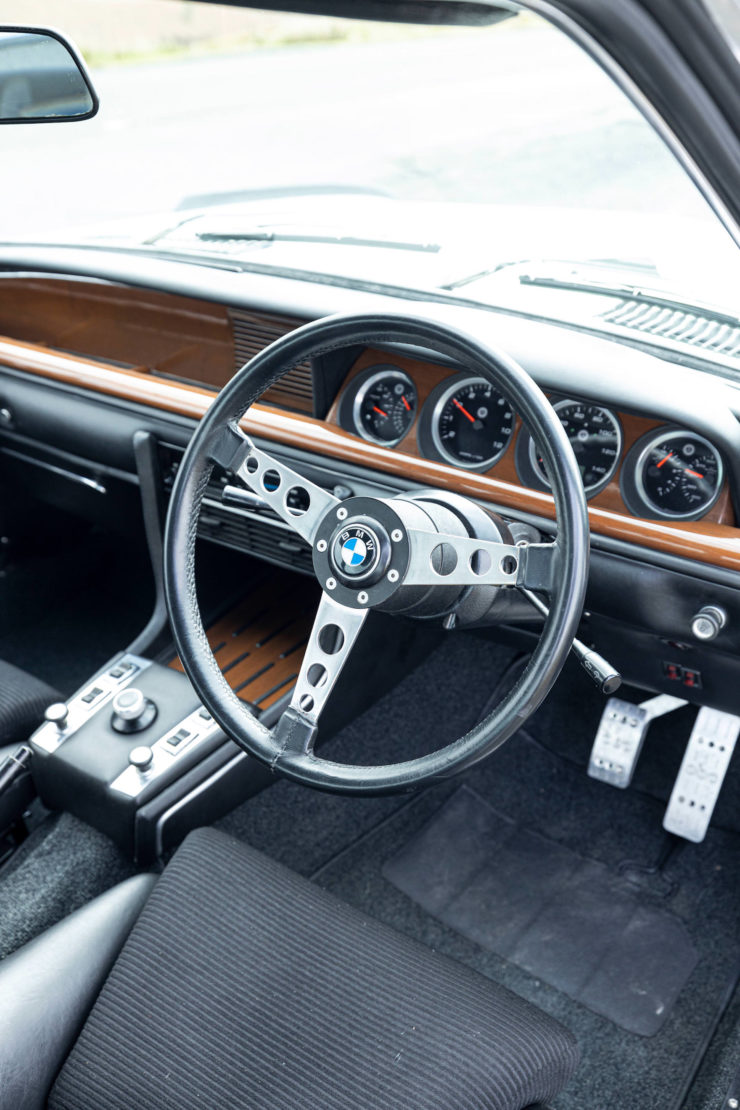
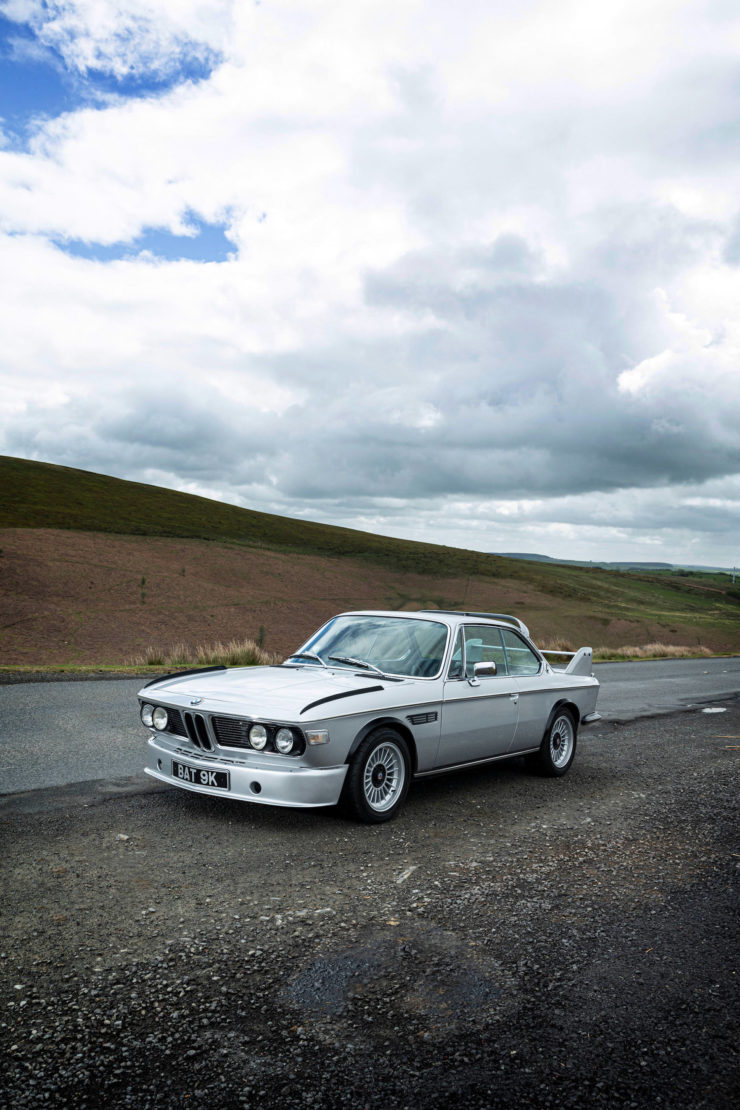
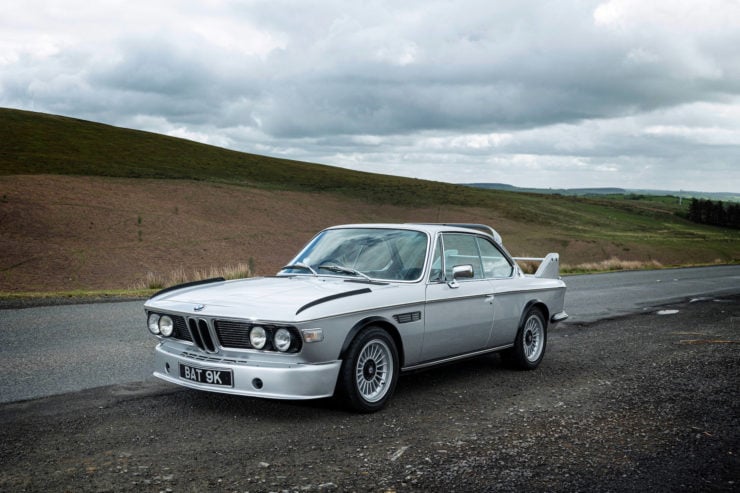
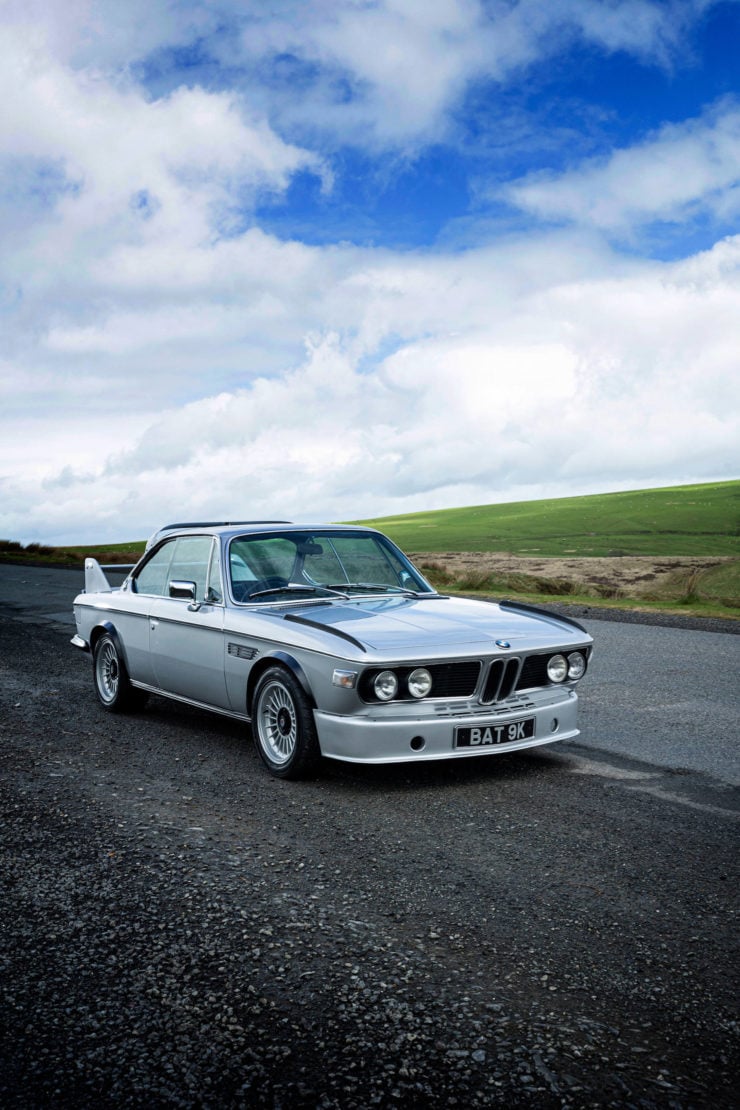
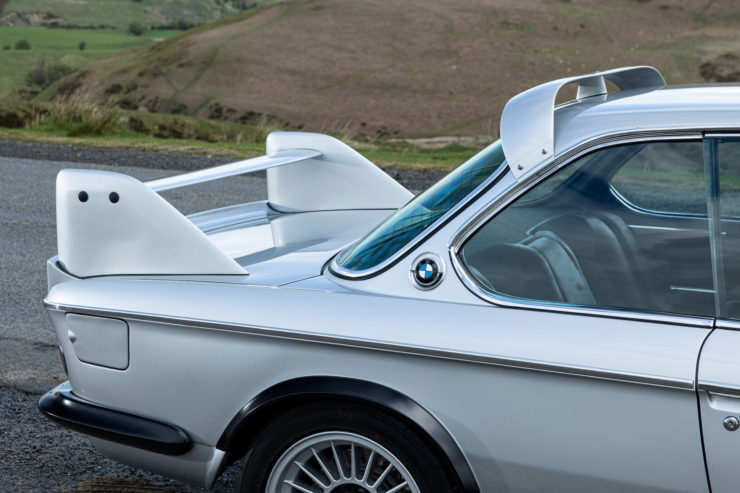
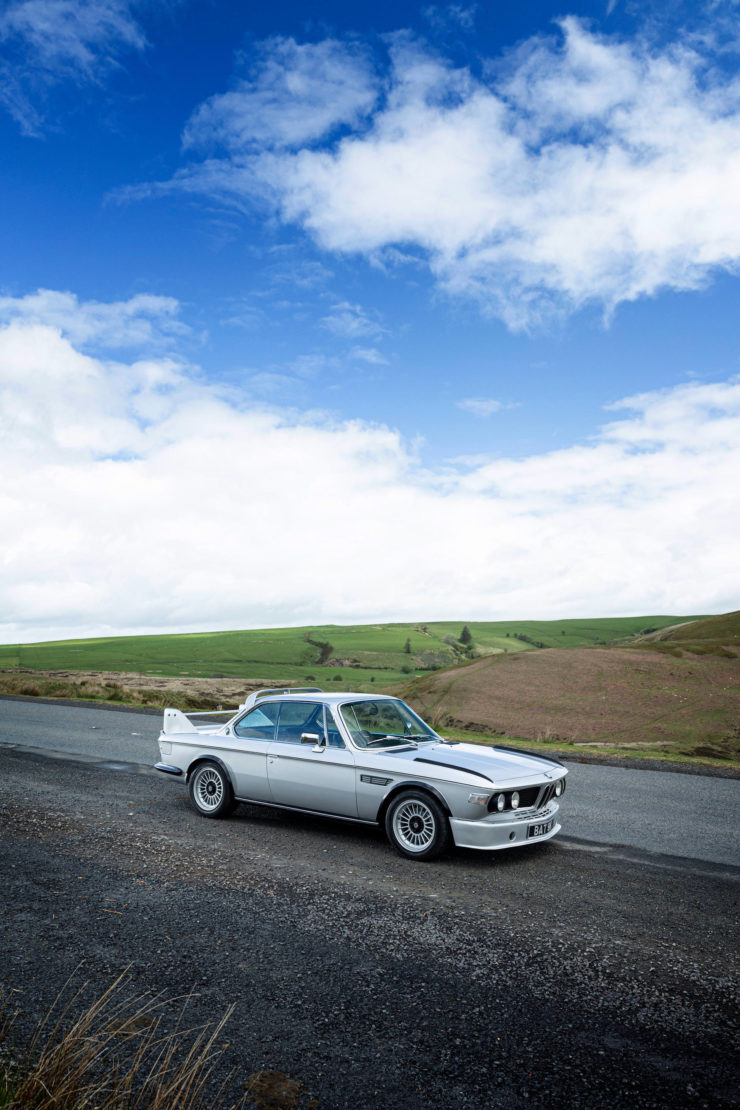
Images courtesy of Bonhams
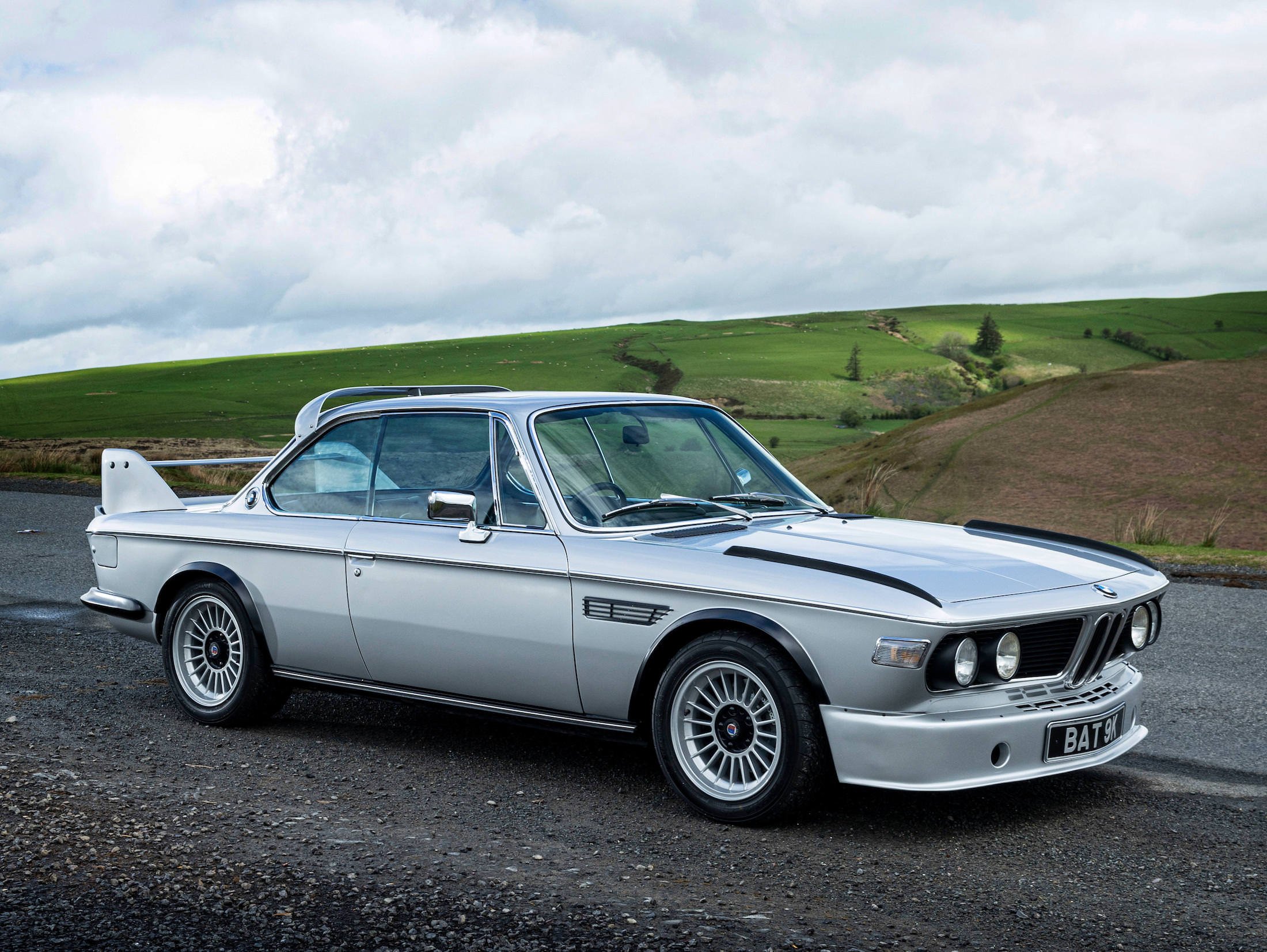
The post For Sale: A Tesla Powered 1975 BMW 3.0 CSi “Batmobile” appeared first on Silodrome.
from Silodrome https://silodrome.com/tesla-powered-bmw-csi-batmobile/
via gqrds
